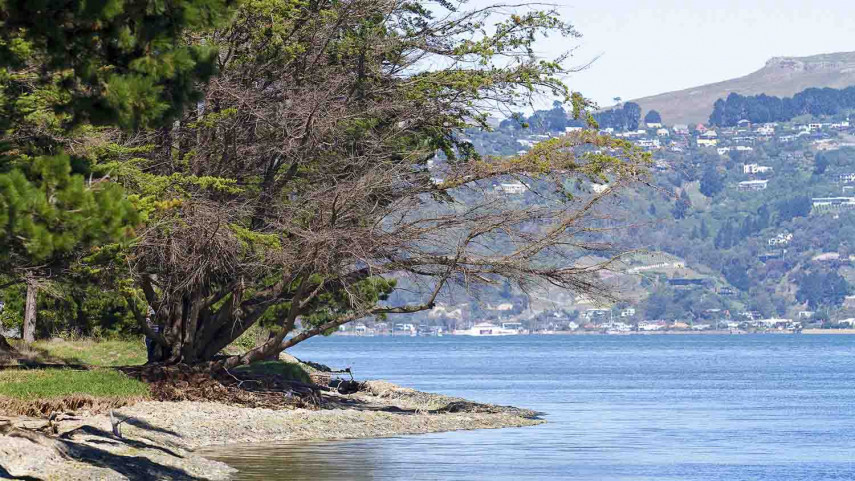
Council agrees on Southshore, South New Brighton work

Share this story
A cycleway and walkway will be constructed along the entire length of Southshore and South New Brighton.
Erosion management for the area around South Brighton Reserve, and further investigations on the stopbanks north of Bridge Street were also agreed to today by Christchurch City Council, as was an investigation into erosion and flood mitigation in Southshore.
The continuous cycleway/walkway will run from Evans Avenue all the way to the south end of the red zone in Southshore. It will involve raising, repairing, re-surfacing, widening or rerouting sections of the existing walkway, and building new track where none currently exists.
In South New Brighton, north of Bridge Street, staff will be doing a condition assessment on the stopbanks, which have been constructed to a level of RL 11.4m.
This will update previous investigations into the life-safety risk of flooding from a breach or overtopping of the stopbanks between Pages Road and Bridge Street. It will also take into account updated 2018 high tide statistics.
In South New Brighton, south of Bridge Street, the Council has agreed to develop engineered bunds set back from the estuary edge to mitigate flooding of the South New Brighton School and Seafield Place.
The Council has also agreed to repair the gabion baskets and reno mattresses along the estuary edge in this area. The Council has set aside $750,000 for this work.
In Southshore, the Council has agreed to investigate proposed options to address earthquake-legacy related erosion, as well as the position of the 11.4m bund to help mitigate flooding. To help with this investigation, a collaborative group will be set up, and will include a technical expert nominated by the Southshore community.
Mayor Lianne Dalziel says: “When we took over leadership of the Southshore South New Brighton Regeneration Strategy from Regenerate Christchurch in May 2019, we heard deputations that highlighted concerns for the wellbeing of people in their communities.
“We know what they have been through with all the uncertainty dating back to the red zoning decision itself.
“We also heard the strong community desire for action, and for the need to deal with the earthquake legacy work first, before starting a conversation about how this area adapts to climate change,'' the Mayor says.
“I am very aware that the community’s trust in agencies has been eroded over the years since the earthquakes. The decisions we’ve made today in Council represent progress towards us rebuilding that trust, with tangible actions that build confidence in our ability to work together – Council and community – to address and resolve issues.
“It shows our ongoing commitment to this area and its residents,’’ the Mayor says.



